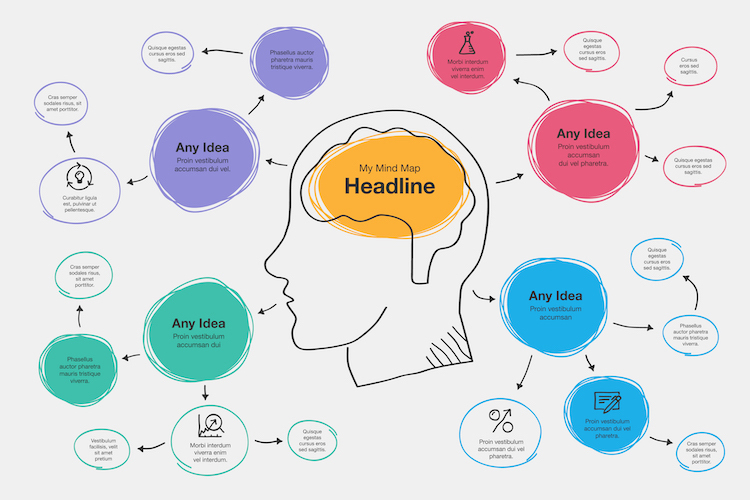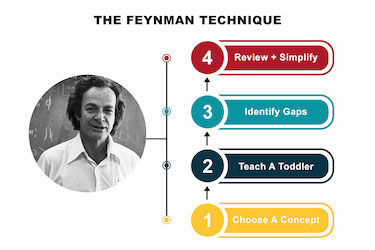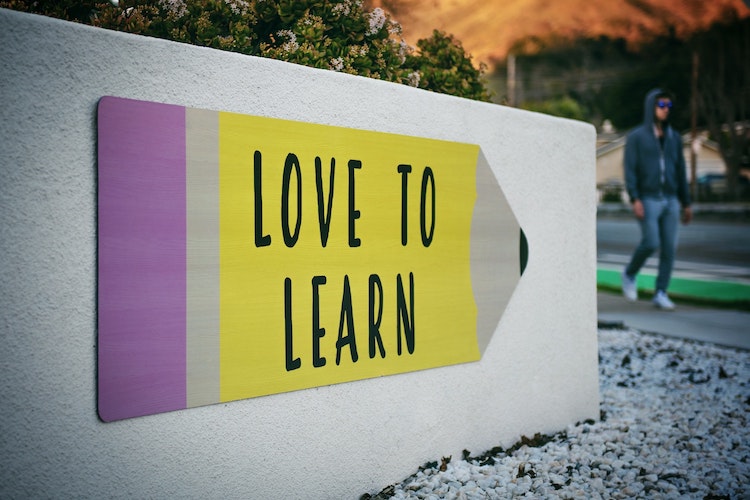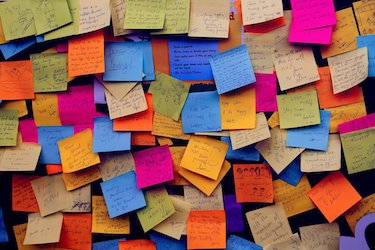In a world where knowledge is power, it is no surprise that we are consistently seeking innovative ways to learn more quickly and effectively. We are constantly flooded with conflicting information, and it can be difficult to work out which learning methods are beneficial and which are not.
Mind Maps are not only praised by students, educators, and professionals; they are also backed by research. The combination of such a straightforward concept alongside visual, verbal, and physical learning styles makes Mind Maps accessible for everyone. But, what exactly is a Mind Map?
What is a Mind Map?
Coined by author Tony Buzan, the term 'Mind Map' can be defined as a visual presentation of different words, images, and ideas surrounding one central concept. The end product is a creative, illustrative version of either a group brainstorm or a solo project. Mind Maps are often covered in drawings and bright colours, which can lead people to believe they aren't suitable for professional environments.
However, Mind Maps should not be underestimated. Research tells us that they are sophisticated learning tools that can help us learn more efficiently and effectively. But, the question is, how?
1. They Work With the Brain's Natural Structure
Cortical Skills are a wide range of intellectual skills controlled by the Cerebral Cortex. Mind Maps use many of these skills, and when used at the same time, they enhance different intellectual processes. Nobel Prize winner Dr. Roger Sperry studied the brain and discovered that each of the two hemispheres in the Cerebral Cortex controls specific tasks, such as:
- Colour
- Numbers
- Words
- Logic
- Lists
- Imagination
His research concluded that the more these cortical skills were used in harmony with one another, the more the performance in each skill improved. When creating a Mind Map, skills from the right and left hemispheres of the brain are used simultaneously, which helps you think more clearly. By using a Mind Map, you play to your brain's natural strengths and implement the right skills to improve effective learning.
2. They Present Complex Concepts in a Simple Way
When studying concepts that are especially difficult to wrap your head around, Mind Maps can make information more easily digestible. A survey conducted by Chuck Frey, a Mind Mapping software blogger, questioned participants on the benefits of Mind Mapping. The majority of people noted 'improved understanding of complex issues' as the number one benefit. The Mind Maps helped:
- Process and understand information faster
- Share ideas more clearly
- Identify root causes of problems
These improvements contribute towards the overall understanding of the central concept. They show that the very literal 'mapping out' of complex ideas through a Mind Map, can significantly improve our ability to learn these ideas.
3. They Are a Form of Meaningful Learning
Individuals who use Mind Maps are engaging in what theorists define as 'meaningful learning.' Meaningful learning is the process of linking newly learned concepts with previous knowledge. The new links become additional parts of these knowledge structures, causing the network of knowledge to expand gradually.
The essence of Mind Mapping is building connections between different pieces of knowledge, and gathering this information all on one piece of paper. Prior knowledge can be noted down and then directly linked to what you are currently learning, in order to add this new information to your existing knowledge structures.
Not only does this process help you learn new data, it also broadens your understanding of previously retained information. This can be especially beneficial for students studying for exams, as seemingly unrelated bits of information relevant to a specific subject can be linked together and therefore remembered more easily.
4. They Improve Retention and Recall
A crucial aspect of learning is recall, and the imagery used in Mind Maps can substantially improve knowledge retention. Researcher Ralph Haber conducted a study on image recall, which concluded that participants could recognise previously viewed images with an accuracy of 85-95%.
The Greeks and Romans understood this idea. To memorise things, they would use a technique called 'loci.' This involved developing pictures in their mind that they could return to when they needed to recall information.
Referring back to the Sperry research mentioned earlier in the article, this phenomenon has a lot to do with the fact that our cortical skills are used when we see colours and images. As a result, learning is enhanced and clarified, making remembering the information significantly easier. It is evident that the use of imagery within Mind Maps is an essential element of their success.
5. They Increase Efficiency
The true beauty of the Mind Map is the freedom that comes along with its open format. This allows learners to work collaboratively or individually, freely jotting down thoughts and ideas without having to worry about uniformity. There are a few reasons that this approach is more efficient:
- Focus is on recording ideas, not perfectly written notes
- One point can spark the next
- Collaborators bounce off each other
- Each idea builds on the one before
- The layout is clear and simple
The above points mean that writing notes, planning projects, or revising for exams can all be achieved a lot more quickly and efficiently when using a Mind Map, rather than more traditional methods of learning.
For such a simple technique, it is incredible how beneficial Mind Mapping can be to the learning process. As technology has progressed, Mind Maps have transitioned from their original format to digitalised versions. There are now apps, computer software, and websites entirely dedicated to Mind Mapping, and the process has become even more simplified and streamlined.
Whether you have evolved with this new wave or stuck with the tried and true written format, it is clear that the Mind Map is an effective and valued learning technique that is here to stay.















